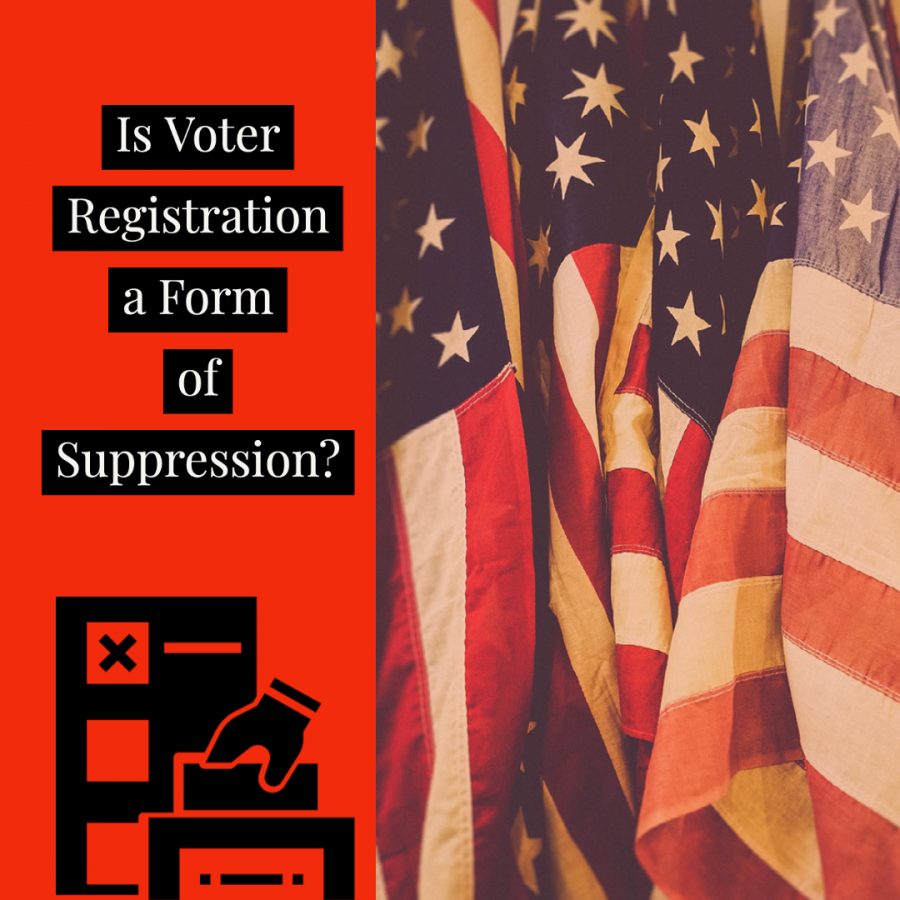In the last month and a half I have been through a voting registration process that has made me question whether the requirement for American citizens to register to vote is outdated, complicated and essentially, a form of voter suppression.
Over the summer I moved to a new apartment. The joy I felt in living in my own space once more overrode the necessary adulting I needed to attend to— like changing my mailing address.
Suddenly, with a few months to spare before the decisive presidential election on Nov. 3 approached, I remembered that adulting was a necessary part of life though loath to admit such a thing. Like a child scuffing their shoes upon the school entrance as summer comes to a close, I went about changing my mailing address.
I had adulted and thought all was well. The voter registration office of California’s secretary of state would beg to differ. Upon looking into my voter registration I discovered I wasn’t listed on the voter roll.
What I found interesting was that I had previously been registered to vote in 2018 for the midterm elections, but now with a new address, I had been purged from the voter roll. It horrified me how quickly that change transpired with absolutely no notification or warning.
The state registration website states that you don’t need to re-register for every election, unless you’ve moved, changed your name, switched political parties or haven’t voted in the past four years. This in written form seems logical, but can get so easily lost in the knitty gritty of life.
All seemed well in my re-registration process until I had to give a California driver’s license or ID card. When I moved from Oregon to California I didn’t think to change licenses. It’s still good until 2025, and I’d only planned to stay in Chico until I graduate in the spring.
I immediately thought, “Well now I’m screwed.” There was no way I could obtain a California license or ID that fast. Luckily for me, California’s registration office gives you other ways to verify your identification and residency such as the last four digits of your social security number with a signature.
My anxiety grew and grew into this vicious beast of fear. The only way I was able to quell it’s roaring in my ears was by looking into how I could still vote while my registration process was up in the air. Upon researching my options I discovered that I could fill out provisional ballots. If you’re not sure what a provisional ballot is, it’s a regular ballot that’s counted once it’s confirmed that you are registered to vote.
If your name does not appear on the voter list at your polling place, you have the right to request a provisional ballot. Every voter who casts a provisional ballot has the right to find out from their county elections official if the ballot was counted and, if not, the reason why.
Once I squared away this part of my re-registration I took a deep, long sigh. I had options, they weren’t ideal but I would still be able to say I cast my vote in our decade’s most pivotal election.
On Oct. 20 I received an email confirming my voter registration in Butte County . I obviously can’t mail in my ballot like I’d hoped to, but that’s OK. I’m overjoyed that I’ll be able to vote on election day, that my voice will be heard.
Erin Holve can be reached at orionmanagingeditor@gmail.com and @Erin_Holve on Twitter.








